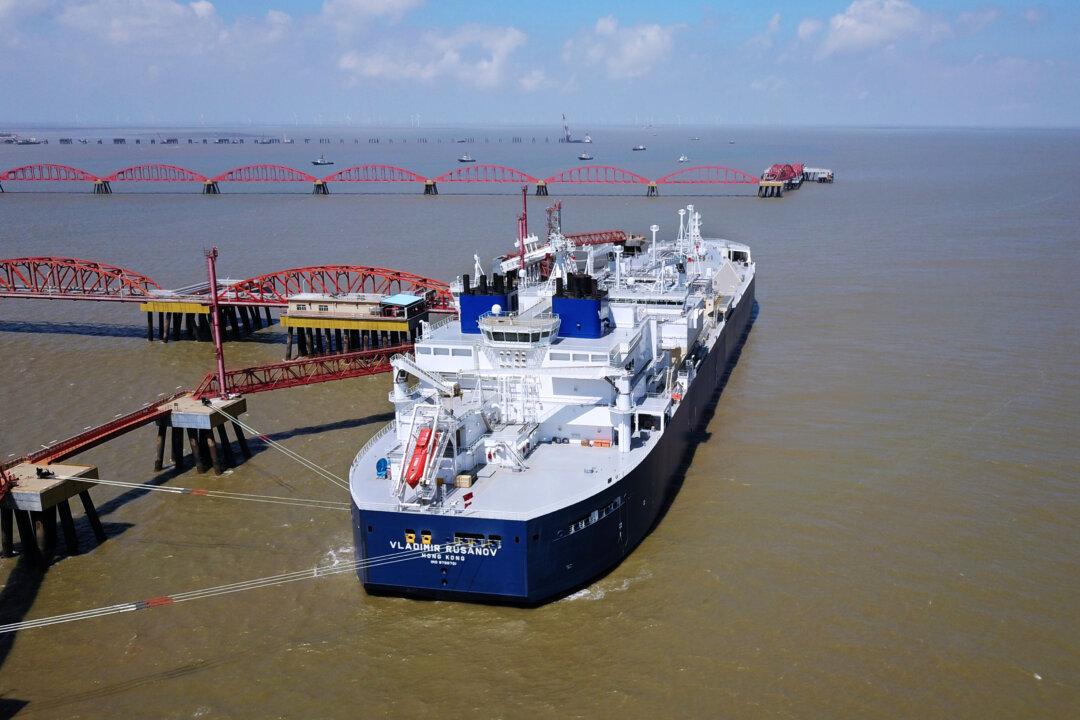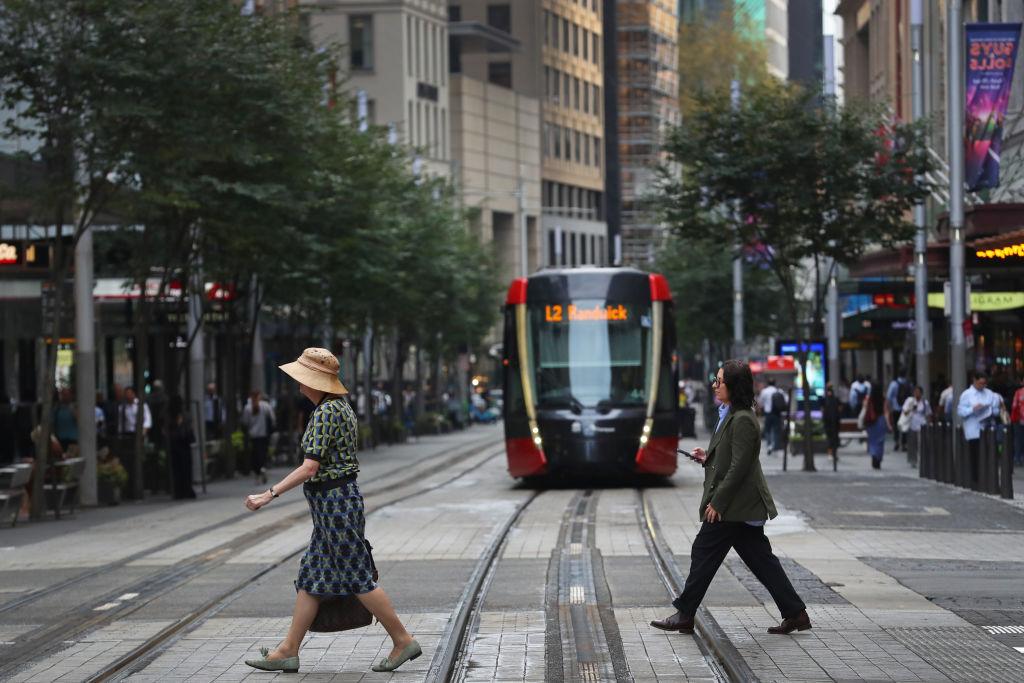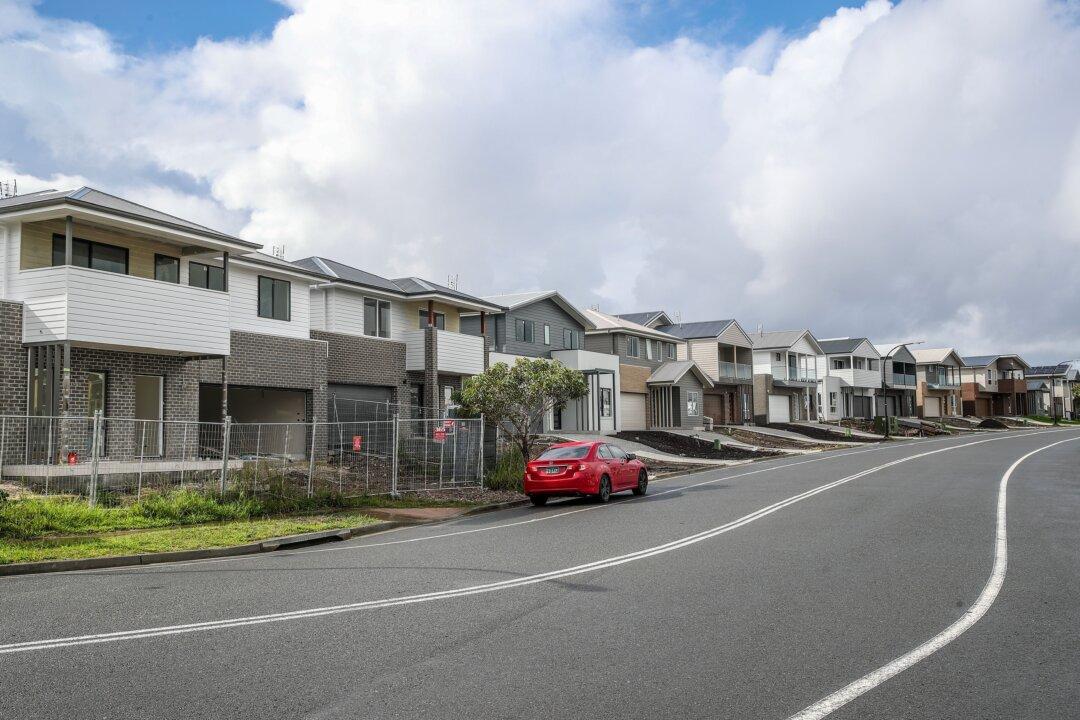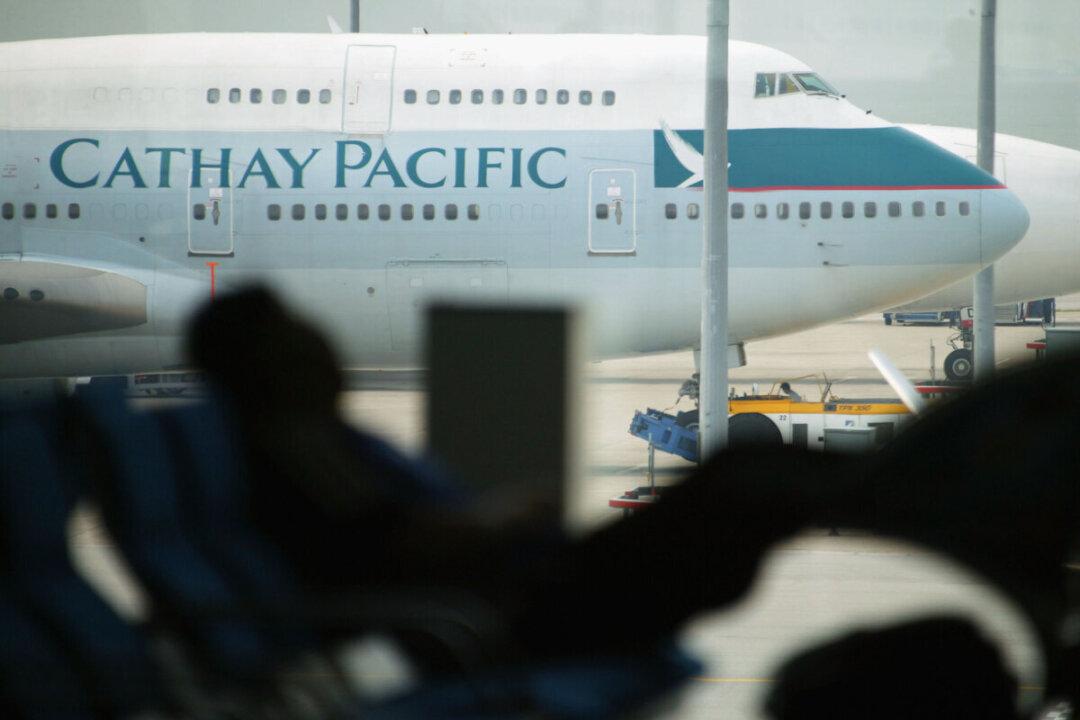Despite being promoted as a quicker and cheaper solution to the energy transition, floating liquefied natural gas (LNG) terminals pose higher costs and climate risks particularly to Asian markets, a recent think tank study shows.
“Stronger and more harmful weather events increasingly threaten the reliability of offshore LNG projects and the energy security of importing countries,” said Sam Reynolds, report co-author and LNG/gas research lead for Institute for Energy Economics and Financial Analysis (IEEFA) Asia.




